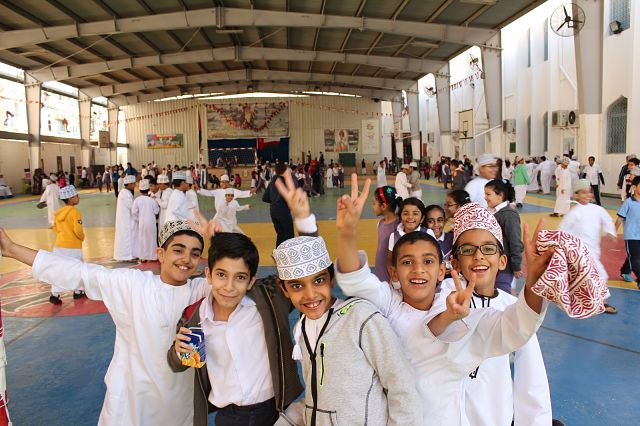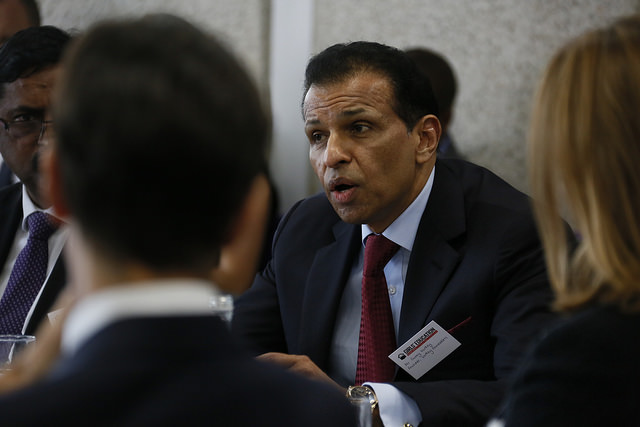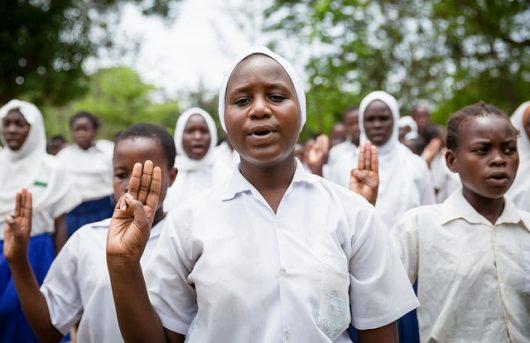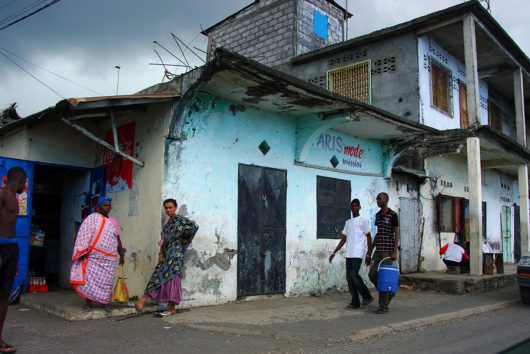
Beginning with a push in the 1970s, the Omani education system has flourished, as nearly all school-aged children are attending school. However, the government of Oman has declared that not only do they intend to maintain the achievements made thus far, but they also fully expect to further enhance and improve the quality and efficiency of education in Oman.
Statistically, the concentration Oman has put on its peoples’ education is illustrated clearly through the literacy rates in the country. From 2008 to 2012, UNICEF reported the literacy rate amongst youths (15 to 24 years) to be over 97 percent. Surprisingly, females showed a stronger literacy rate than males. Unsurprisingly, the literacy rates were nearly identical to UNCIEF’s reported net primary school enrollment ratio.
Primary school is the first step in the Omani education system. It constitutes a six-year, basic level of education. Following this, students may attend a middle level of schooling. Upon completion of this second step, students have either completed their education and go on to work or they have academically qualified to continue into secondary schooling. At this point, students are given the option to specialize in either the sciences or arts – this requires the school to confirm the students’ proficiencies. Both programs result in a school certificate and, dependent on each student’s secondary school performance, provides a key into one of Oman’s nine colleges or the sole state university. The best part about public education in Oman is that it is given free of charge.
Higher education in Oman has seen growth, too. In 2016, Munawar Hameed, Head of Marketing and Public Relations at the Oman College of Management and Technology, reported that college registrations are going up and that more women have enrolled in higher education institutes than men. Further, the government even funds some students to matriculate at overseas universities, including some in the U.S. and UK.
Despite the success in the public education system, the government of Oman has pressed the private sector to make increased efforts in the education system, too. As private schools are held to the same curriculum standards as government schools and administer the same tests, there is little room for innovation. However, there is a market space for those who have achieved a higher education and are of Omani nationality to enter the business of schooling. In essence, the government is creating job opportunities, while focusing on promoting a greater education system.
Overall, Oman is successfully navigating the typically troubled waters of education in a poorer nation. However, despite the odds, the push for a more educated citizenry is paying off. The Ministry of Higher Education has done more than its due diligence in improving education in Oman. At the current rate of growth, Omani citizens should soon show nationwide literacy and education, which will place them far ahead of citizens in many surrounding countries.
– Taylor Elkins
Photo: Google

 The Varkey Foundation is a nonprofit organization meant to
The Varkey Foundation is a nonprofit organization meant to 






